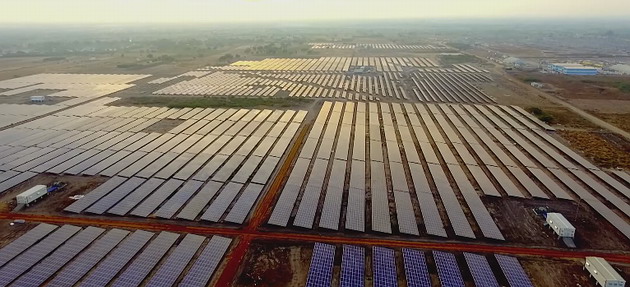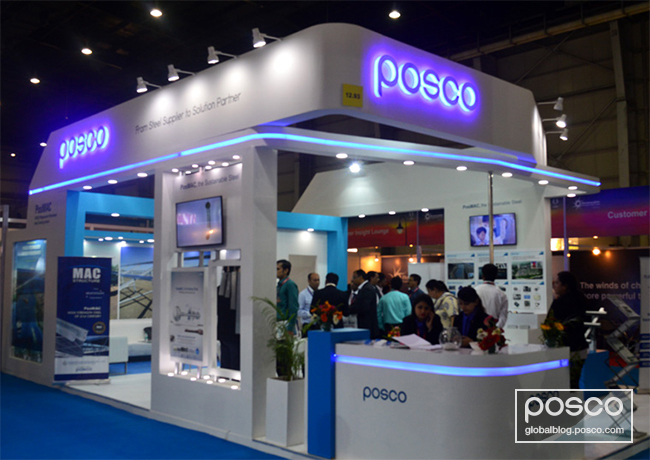According to the World Bank, India is the world’s third largest consumer of electricity in 2017 after a 90 per cent year on year growth. Yet 240 million people within its population of 1.3 billion have no legal electricity connection. India’s solar energy plans, of which the World Bank is a financial backer, are on track to provide access to electricity for all Indians, to help contain global warming, reduce the cost of power and improve the quality of life for all Indians.
India’s Solar Energy Market
Solar energy is an extremely vital and rapidly developing industry in India. From May 2014 to March 2017, the country quadrupled its solar generation capacity. The average cost of solar electricity is 18 percent below the average price of coal-fired energy, making solar electricity the cheapest form of alternative fuel in India.
The Indian government is fully supportive of this market, setting a goal of USD 100 billion in investment and 100 gigawatts (GW) of solar capacity for the country by 2022. Solar is particularly important in the rural areas of India where there is limited access to electricity, so the government plans to install solar lanterns, home and street lighting systems and solar cookers.

The world’s largest solar farm is in Tamil Nadu, India. (Source: Alternative Energies)
In November 2017, India became home to the world’s largest solar farm in Kamuthi, Tamil Nadu. The farm covers 2,500 acres with 2.5 million solar modules. India’s solar electricity market has the potential for further expansion, and global suppliers and manufacturers are taking notice.
POSCO India, a Partner for PV Structure Manufacturers
POSCO is a steel supplier making headway into the Indian solar energy market with its innovative and sustainable products. In September, POSCO India took part in the 2017 Renewable Energy India Expo in Greater Noida.
POSCO India Chairman and Managing Director Gee Woong Sung and other POSCO employees showcased POSCO’s solar (PV) structures, constructed from PosMAC steel (POSCO Magnesium Alloy Coating Product). “By the end of this year, we will complete the Indian solution marketing system, which will supply not only steel but also solar PV structures,” said Sung. “In 2018, we will further expand PosMAC sales in India.”
By the end of the event, POSCO signed memorandums of understanding with four major manufacturers of PV structures in India, and will be supplying 49,000 tons of PosMAC with a goal of increasing production to 60,000 tons by 2018.
Solar Electricity Solutions with PosMAC
PosMAC steel has great potential in India because it is ideal for solar panel application. It is ultra corrosion-resistant and cost-effective. Watch the video below to find about the technology behind PosMAC.
A typical PV unit lasts for about three decades, during which a failure of any part would lead to an early demise. PosMAC steel provides weather resistance and is also less expensive than other PV materials like stainless steel.
Despite its varying climate, India is a country with excellent conditions for capturing and using solar energy, with roughly 300 days of sunshine each year. Along with vibrant market conditions, heavy government backing as well as a large consumer base, India’s new and renewable energy industry is set for growth. As solar energy is the cheapest form of alternative fuel, solar PV unit manufacturers will have plenty of business opportunities in India’s growing market.
Cover photo courtesy of l’Ener Geek.


